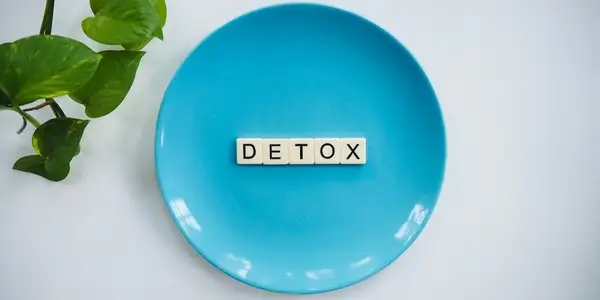
Detox is a popular word these days. It often comes with the promise of weight loss, mental clarity, a cleaner system, and more energy. Is it all good, or is it...
Read more


|
Nutrient |
Per 100 g |
|---|---|
|
Calorific value |
263 kJ |
|
Energy |
63 kcal |
|
Carbohydrates |
12 g |
|
Protein |
1 g |
|
Fat |
0 g |
The food Hokkaido pumpkin is composed of the following macronutrients.
Hokkaido pumpkin, also called Japanese pumpkin or butternut, is a popular pumpkin variety grown in many parts of the world. Here are some advantages of the Hokkaido pumpkin:
Hokkaido squash, also called uchiki kuri or kabocha squash, is a variety of squash native to Japan. It belongs to the gourd family and is a popular ingredient in many Asian dishes.
The Hokkaido squash has a round or oval shape and is usually about 30 to 50 inches tall. The skin is dark green or brown, and the flesh is orange-red and very juicy. It has a sweet flavor and a soft, compact texture.
Hokkaido pumpkins are rich in vitamins and minerals, especially vitamin A, vitamin C and potassium. They also contain fiber and some phytochemicals that have a positive effect on health.
Hokkaido pumpkins are often used in soups, casseroles, curries, desserts and other hot dishes. They are also good for baking cakes and bread. Hokkaido squash are easy to peel and cut into small cubes. They can also be eaten raw by slicing them thinly and serving as a snack or side dish.
Can you eat Hokkaido pumpkins raw?
Hokkaido pumpkins can be eaten raw. They have a soft, compact texture and a sweet flavor that goes well with salads, fruit platters and other raw food dishes. To eat Hokkaido squash raw, peel the skin and cut the flesh into thin slices or cubes.
What is the shelf life of Hokkaido pumpkins after purchase?
Hokkaido pumpkins have a shelf life of several weeks if stored properly. However, once harvested, it begins to lose nutrients and flavor as it produces natural enzymes that break down the flesh. To keep Hokkaido squash fresh for as long as possible, store it in a cool, dark place with good air circulation. For example, a cellar or a cupboard in the lower part of the refrigerator are good places. It is important that the Hokkaido pumpkin does not get wet, otherwise it can rot quickly.
Can you freeze Hokkaido pumpkin?
If you want to store Hokkaido squash for a longer period of time, you can freeze it. Hokkaido pumpkin stays fresh in the freezer for about 6 months.
I love this app! The food is super varied and filling (and soo delicious!). With one purchase I have the ingredients for a whole week together, thanks to the shopping list. The ingredients are also readily available and not really expensive.
Nicole — App User
The first app in the field of nutrition tips that really convinces me. Updates get minor issues out of the way and new features are added all the time. Top!
Unknown user — App User
ave already tried many nutrition apps but here it is really great and you save a lot of time because you do not have to enter all the meals yourself! 👍👏
Mareen — App User
I don't usually rate apps but this one has to be rated.... I have never had such a great app just fits everything.... The nutrition plans are just absolutely awesome just everything is awesome many many thanks
Mareen — App User
This app is an excellent support for healthy eating even with little time and effort! Super recipes are also included. Highly recommended!
Lennert — App User